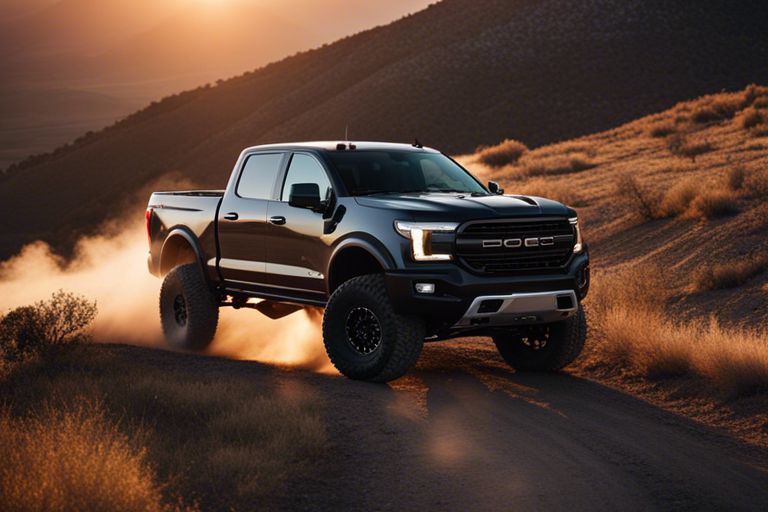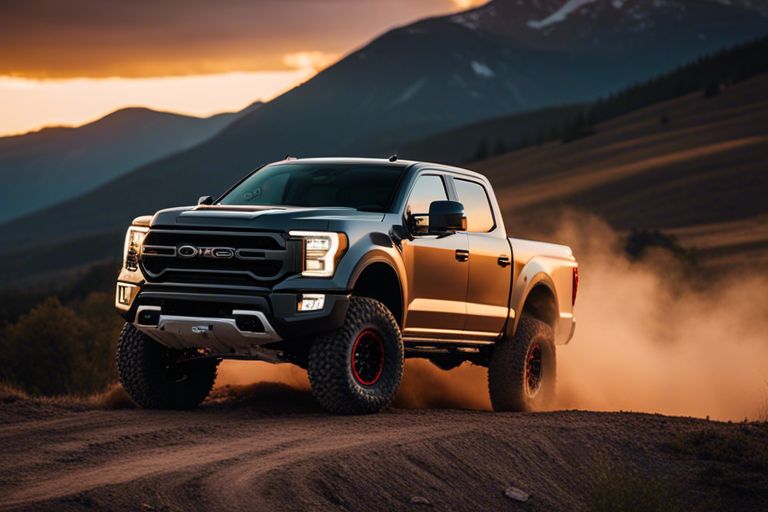Performance enthusiasts and off-road adventurers know the impact a high-quality lift kit can have on their vehicle. Whether you’re looking to conquer challenging terrain or simply enhance the look of your ride, upgrading to a top-notch lift kit can transform your driving experience. To make the most of your lift kit upgrade, understanding the basic factors involved in choosing the right one is crucial. Check out our comprehensive guide on How to Choose a Lift Kit – The 4 Basic Factors to ensure you’re getting the best performance and style out of your vehicle.
Understanding Lift Kits
For a smooth ride that commands attention, high-performance lift kits are the way to go. But before you dive in, understanding lift kits is crucial. From types to benefits, mastering the basics will set you on the path to transforming your vehicle.
Types of Lift Kits
- Suspension Lift Kits
- Body Lift Kits
- Leveling Lift Kits
- Spacer Lift Kits
- Shackle Lift Kits
Recognizing the differences between each type of lift kit will help you choose the one that best fits your vehicle and off-road needs.
How Lift Kits Enhance Vehicle Performance
Kits have a crucial role in altering your vehicle’s suspension geometry, allowing for larger tires, better ground clearance, and improved off-road capability. By lifting your ride, you not only achieve a more aggressive look but also enhance its performance on various terrains.
Selection and Installation
Choosing the Right Lift Kit for Your Vehicle
The key to transforming your ride with a high-performance lift kit upgrade lies in selecting the right one for your vehicle. Consider factors such as the desired lift height, terrain you’ll be driving on, and your budget when making this decision. Whether you opt for a suspension lift kit, body lift kit, or leveling kit, ensure it is compatible with your vehicle’s make and model for optimal performance.
Professional vs. DIY Installation
One of the crucial decisions you’ll face when upgrading your vehicle with a lift kit is whether to opt for professional installation or tackle the project yourself. While a DIY installation may be appealing to enthusiasts looking to save on labor costs, it’s vital to consider the complexity of the installation process. Professional installation ensures that the lift kit is installed correctly, preventing any safety hazards or performance issues down the road.
Installation of a lift kit is a detailed process that requires precision and expertise to ensure the safety and performance of your vehicle. Improper installation can lead to handling problems, alignment issues, and premature wear and tear on components. If you’re unsure about installing a lift kit yourself, it’s recommended to seek the services of a professional, experienced technician for a seamless and reliable installation.
Maintenance and Safety
After Upgrades to Restore Pride in Your Ride, it is imperative to focus on maintenance and safety when it comes to your high-performance lift kit upgrades.
Maintaining Your Lifted Ride
On top of regular maintenance tasks like oil changes and tire rotations, maintaining a lifted ride requires some additional attention. Make sure to regularly inspect your lift kit components for any signs of wear and tear. Keeping an eye on the suspension system, shocks, and alignment will help ensure your lifted ride continues to perform at its best.
Safety Considerations and Best Practices
Safety should always be a top priority when it comes to high-performance lift kit upgrades. It is crucial to follow all installation instructions provided by the manufacturer and have the kit professionally installed if you are not experienced in this area. Regularly check the bolts, nuts, and other fasteners to ensure they are secure. Additionally, be mindful of the increased height and weight of your vehicle when driving, especially in adverse weather conditions or off-road terrains.
It is also recommended to have a professional perform routine inspections to check for any potential safety hazards and ensure that your lift kit is in optimal condition.

Additional Upgrades and Customizations
Now Bumpy ride with lift kit…How can I smooth the ride??
Complementary Modifications for Lifted Vehicles
Modifications that complement a lift kit can enhance the overall performance and look of your vehicle. Consider upgrading to off-road tires for improved traction and durability. Installing a set of performance shocks can help absorb impacts and provide a smoother ride over rough terrain.
Advanced Performance Upgrades
Advanced upgrades can make a significant difference for those looking to take their vehicle’s performance to the next level. Here are some key upgrades to consider:
- Suspension Upgrades:Engine Tuning:
For advanced performance upgrades, investing in a high-quality suspension system can greatly improve handling and stability, especially during off-road adventures. Engine tuning can also optimize power delivery and fuel efficiency, making your vehicle more responsive and efficient on the road.
- Performance Exhaust System: Differential Upgrades:
To further enhance performance, upgrading to a performance exhaust system can increase horsepower and torque, giving your vehicle a more aggressive sound. Differential upgrades, such as gear ratio changes or locking differentials, can improve traction and overall off-road capability.
To wrap up
Considering all points discussed, it is evident that upgrading your vehicle with a high-performance lift kit can truly transform your ride. Whether you are looking to enhance off-road capabilities, improve ground clearance, or simply add a rugged aesthetic, a lift kit can provide the solution you need. By carefully selecting the right lift kit for your specific vehicle and driving needs, you can enjoy a customized and enhanced driving experience. Remember to consult with experts, consider your budget, and prioritize quality when investing in a lift kit upgrade. With the right approach, you can take your vehicle to the next level and enjoy the benefits of a high-performance ride.

No Responses